Hello everyone! It is the blog: How Unique Japan. We always share Japanese features through this website.
This time, we would like to introduce Japanese fermented food.
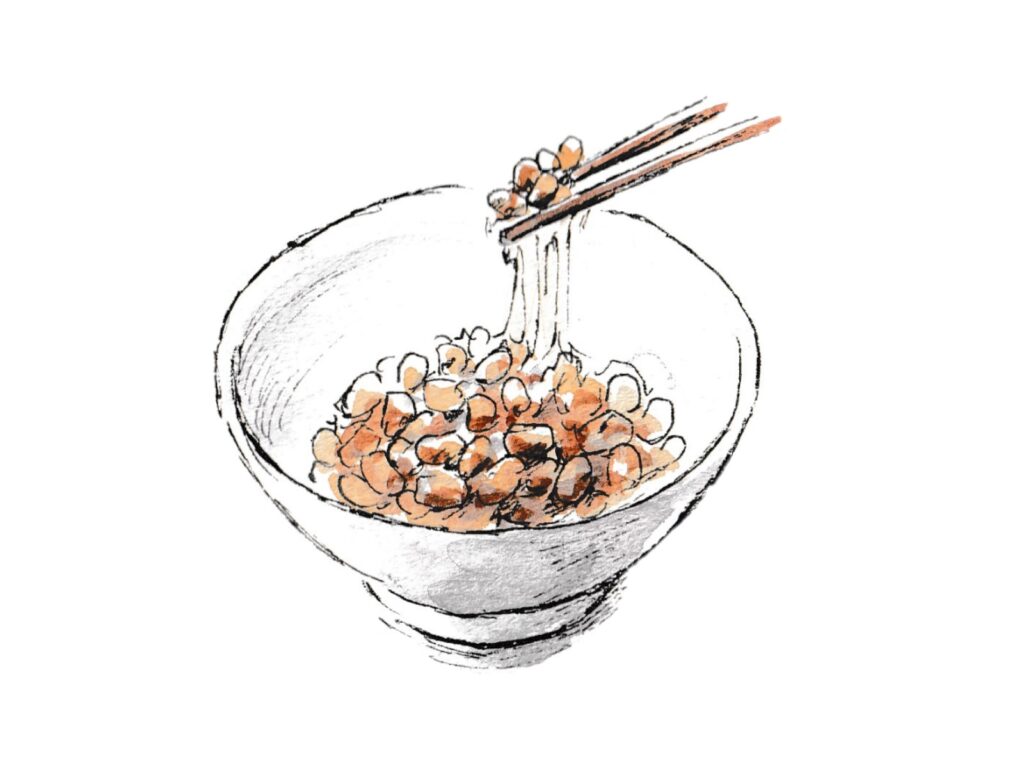
We expect some (lovely) readers will consider: Badly Fermented (rotten) food is edible no longer.
Indeed, it is correct that some bacteria will make any food worse. However, we Japanese have successfully utilized bacteria/fungi to keep food in an edible condition – for example, fermented soybeans can be made into Natto.
The method of keeping food has a history. Some historical theories show that it emerged around the Nara era in Japan. 1300 YEARS AGO (Unclear).
Why fermented food?
It is because the ability of bacteria to thrive in a humid climate is not comparable. They also provide diverse nutritional benefits.
This blog states that the humidity level is high in the rainy and summer seasons. So, any bacteria and fungi love that condition. (The article, Japanese pickles Tsukemono also details them.)
Fresh vegetables will not be in their edible condition within one day (especially in Summer).

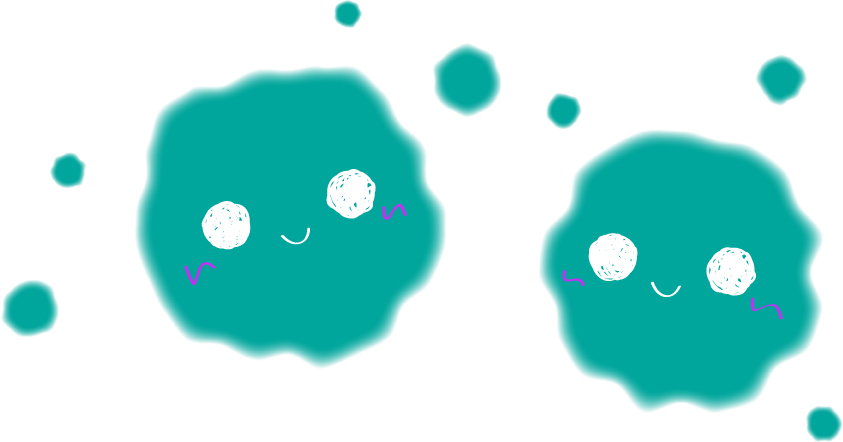
However, the condition also promotes the growth of other bacteria and fungi, which can be beneficial to our health. Therefore, the storage method (fermenting) was born.
This invention was effective in dense nutrition, not only for storage.
Bacteria/fungi kindly add more nutrition while foods are in the barrel (storage). Aspergillus oryzae can be a good start.
That fungus helps disassemble protein, lipase (for fat), and starch into sugar. Vitamins B1 and B2 are also.
OK. What is popular among fermented foods?
We have several fermented foods around Japan. Japanese sake, soy sauce, and miso soup (paste) are also fermented foods.
Indeed. It is uncountable.
There are some (a few) famous foods below.
The popular fermented food (three menus)
MISO PASTE
They are from Soybeans. After they have boiled and steamed, the beans (pasted) will get the proper salt and the oryzae.
Then, they are placed in a special barrel for at least two to three months to undergo thorough fermentation.
The better quality will take longer. The best would be for over two years.
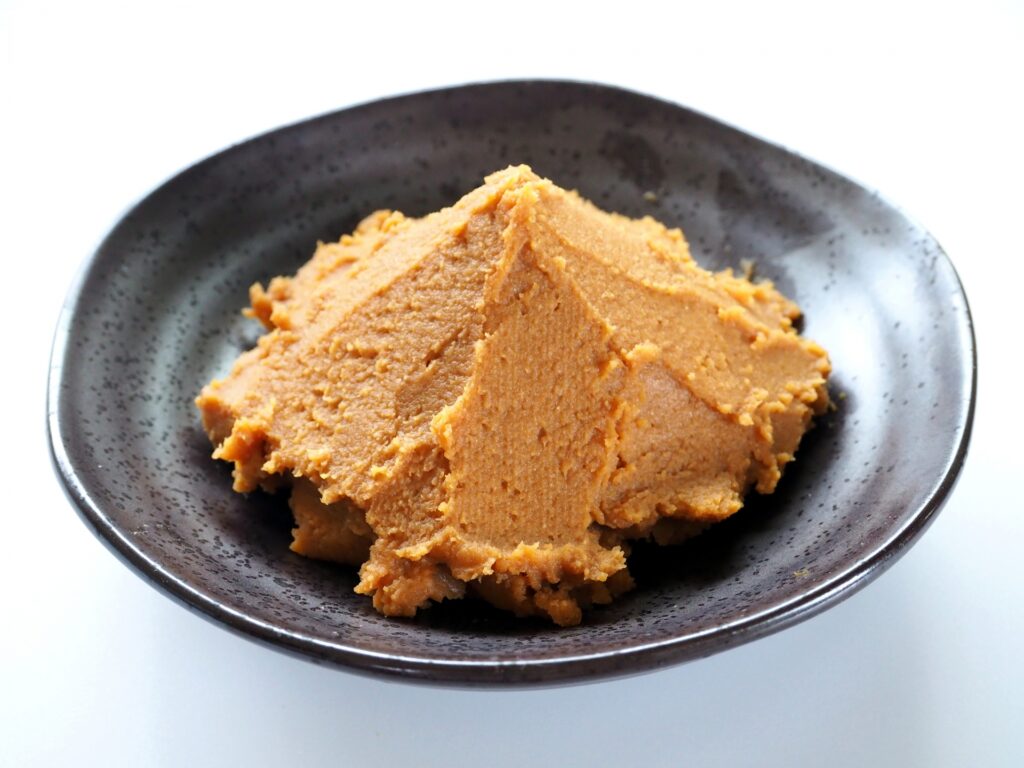
The popular menu item is the soup. Yes. Miso soup. The advantage of this menu is its capability. So, any vegetables will suit this paste, making a deep flavor.
However, some chefs figured it out as one more secret flavor for any meal nowadays, for example, curry.
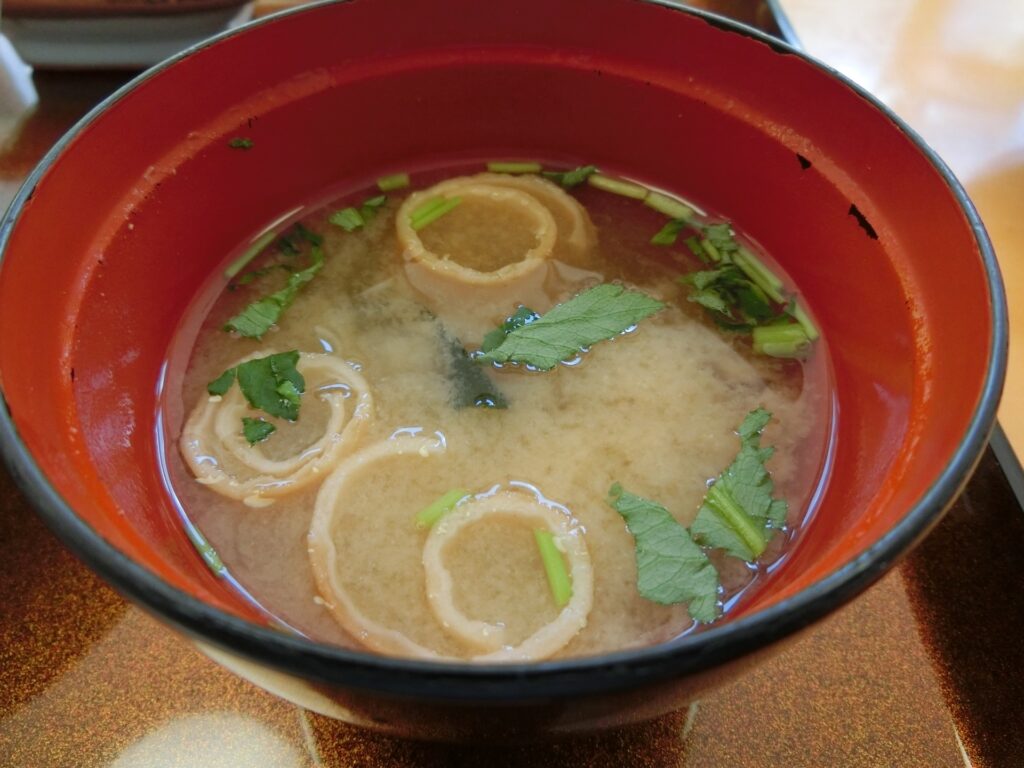
It came from China a thousand years ago (the correct time is unclear). Since then, the Japanese have invented a better paste.
The barrel is one such invention. At that time, the Japanese kept the past edible with them for five or ten years. INCREADIBLE!
(However, there is now an expiration date for food safety. It is about six months.)
SOY SAUCE
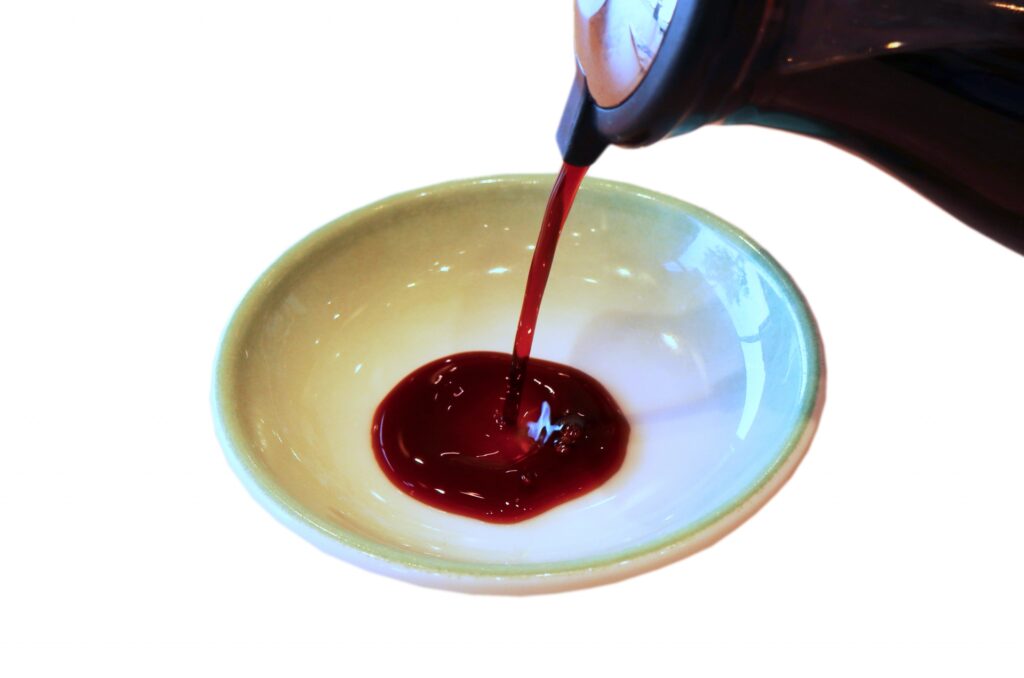
This sauce originated in trading with China.
Do you remember that Miso paste came from China? So, it took a while for them (pastes) to arrive.
One day (around 1254 AD), a Zen monk brought the paste kept in pots. He found some liquid flowing and separated from the paste during the voyage. Some theories suggest it was the discovery of Japanese soy sauce.
The method for making the sauce is similar to the paste.
The workers mix ingredients, the oryzae from fermented soy and wheat, and salted water in tanks. Then, leave the liquid for six to eight months.
After sleeping, they purify the liquid with fire. It sounds easy.
However, every step is under well-controlled conditions. It is because a few portions of the harmful fungus can deteriorate the product.
How do we utilize the sauce? It might not be necessary to explain. We can add it to any meal as a flavor or dip with foods (for example, Sashimi). Its edible condition will last for over a year (before opening).
Natto
We Japanese can not leave it behind when we want to talk about fermented foods.
It is Natto, a sticky and interesting-smelling food from soybeans. It is the original one in Japan.
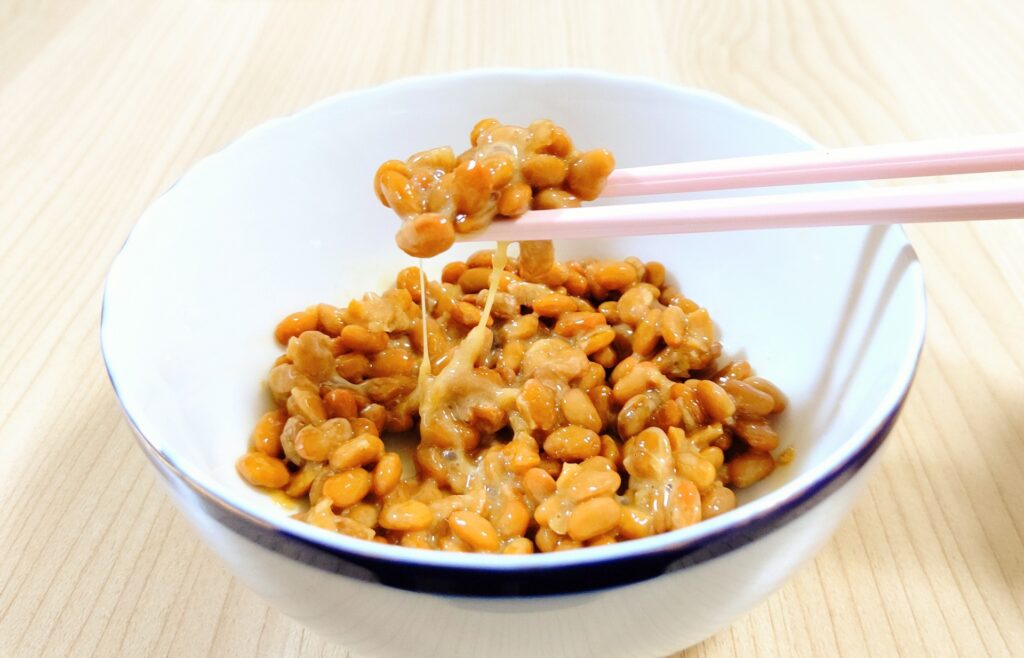
The bacteria for the product are also unique.
It is the Natto bacteria that cause the fermentation of the beans. The prize from that phenomenon is good for us.
Natto has vitamins B1, B2, and K2 (K2 is for bone strength). The most unique nutrition is Natto kinase (the name is also from itself). Surprisingly, it can break blood clots and improve circulation. It sounds perfect for our health.
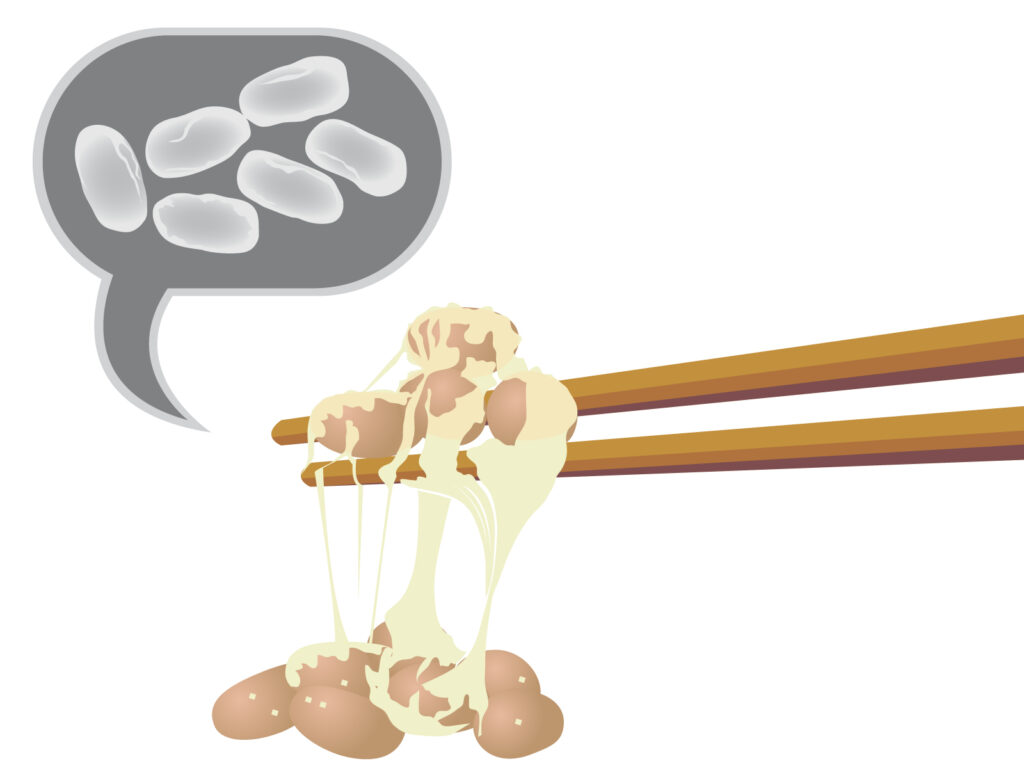
One more add. The bacteria exist on rice straws. Their habitat is concerned with that invention, which will lead to the next, the history of Natto, and how it was born.
The birth year is unclear. There are many theories.
One unique theory says. It is when the Japanese imported rice and soybeans from China 2000 years ago. They then made this fermented food afterward.
In the Heian era from 794 to 1185, people gradually utilized horses for expeditions and transportation.
Their feed was cold/dry soybeans after boiling. The beans were in a bag (bract) made from rice straws.
During a war, one general miscalculated the amount of the feed because he expected the end of the war would come soon. The food for horses hit bottom.

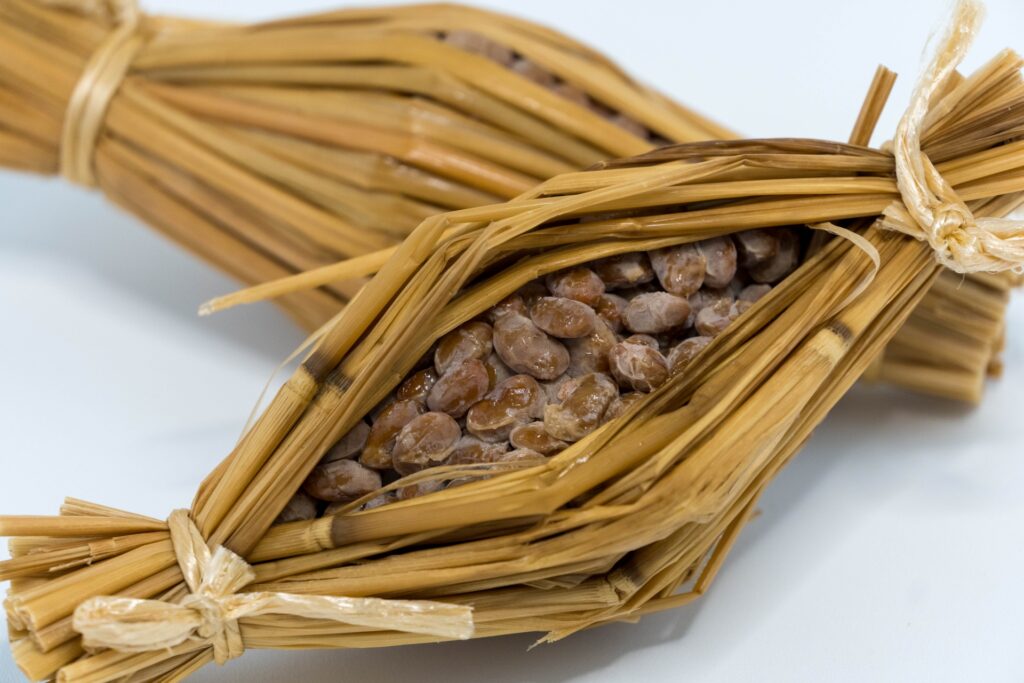
The general felt anxious, so he ordered the farmers to bring supplies to where they were camping. The farmer hurried. They rapidly prepared some boiled soybeans in the rice wrapping before they were dried.
It was when the Natto was born.
After a while, the army found that the beans had become sticky inside the storage of rice straws. It shall be the origin of Natto.
What makes this episode more realistic is the method. They (Soybeans) would be in the bract and kept in a humid room at 40 degrees Celsius. With this condition, the natto bacteria will multiply enough to make it soon. It takes just ONE DAY (at that time). It is the Natto, a strange Japanese food invention.
To close
They are all for the article this time. However, this is only the tip of the iceberg; you can expect.
Moreover, this blog contains several topics about the Japanese lifestyle and the Edo era. Each one has more details about Japan. For instance, if you are interested in Japanese religions, you can find relevant information on the page dedicated to Japanese culture.
It is all today! Thank you for reading this article and see you for the next feature of Japan!
